Pre-Columbian Architecture
Episode #6 of the course “Brief history of architecture”
Although Christopher Columbus is said to have “discovered” the Americas, inhabitants had established societies in North, Central, and South America and their surrounding islands over 3,000 years before the arrival of Europeans. This “pre-Columbian” or “Mesoamerican” architecture includes a variety of fascinating and sophisticated architectural wonders created by vastly different groups of people for a variety of purposes.
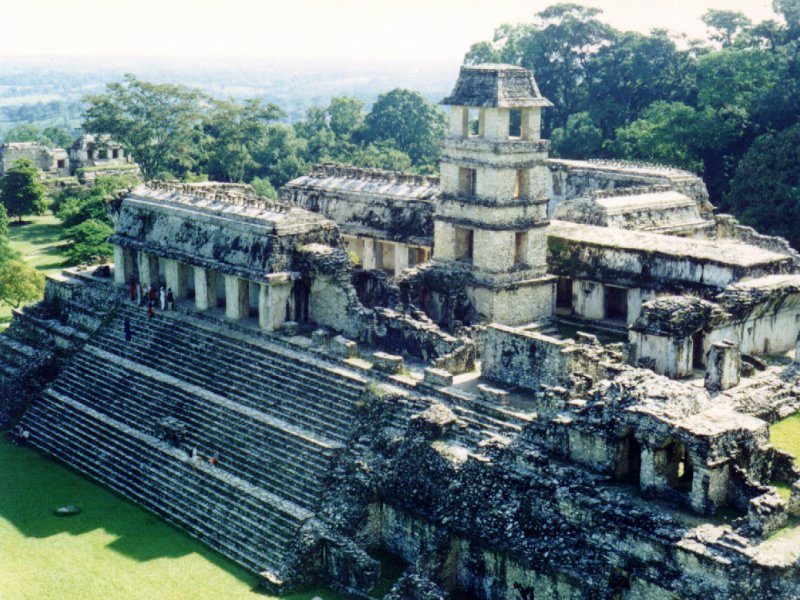
Main palace of Palenque, Mexico
Mesoamerican architects often built their structures according to alignment with astronomical and cosmological features. They were noted for their advanced knowledge and understanding of astronomy and engineering, and they incorporated a heavy amount of symbolism into their city planning and architectural design. Most buildings, especially those carved of stone, were decorated with ornamental iconography depicting animals, gods, and great kings.
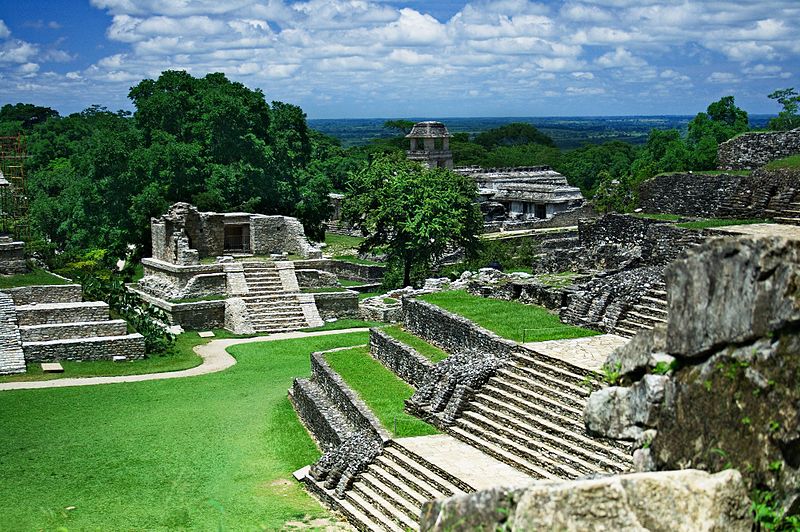
Overview of the central plaza of the Mayan city of Palenque (Chiapas, Mexico), an example of Classic period Mesoamerican Architecture
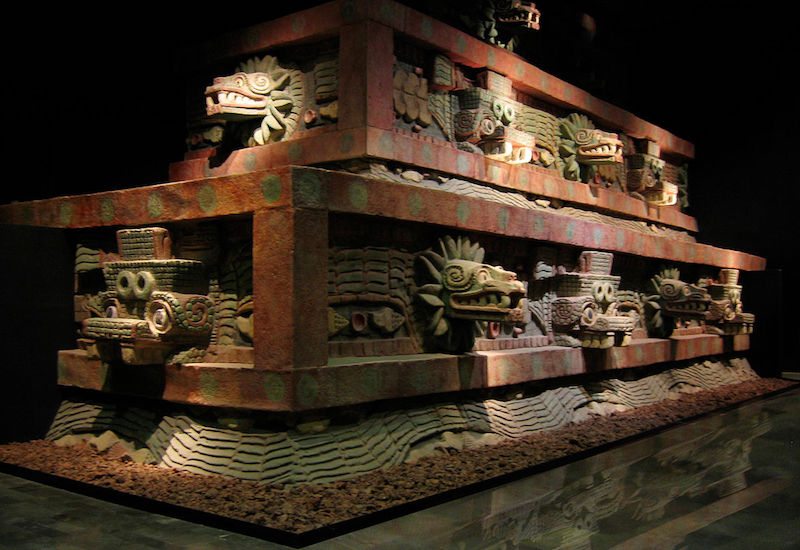
Teotihuacan style architecture displaying decorative ornamentation made of obsidian and shell inlaid into a painted cantera surface set upon a tezontle interior
Using local materials, ancient Central and South American societies built from stucco and mud-brick more often than timber, but they were renowned stone-cutters and carvers as well. Central Americans often used a soft native volcanic rock, which allowed for detailed, intricate carvings. Specific architects’ names are now unknown, but the Aztecs were known to adopt designs of the people they conquered.
The Maya, Paracas, Aztec, Inca, and Nazca civilizations all produced monolithic temples, pyramids, and organized cities. The pyramids of the Americas are generally stepped, rather than flat-sided, and do not seem to have been used as tombs. Instead, important religious sites were located at the top, and the buildings acted as symbols for the ancient societies to show off their wealth and capabilities. They were most likely whitewashed and gleamed in the brilliant sun for miles around.
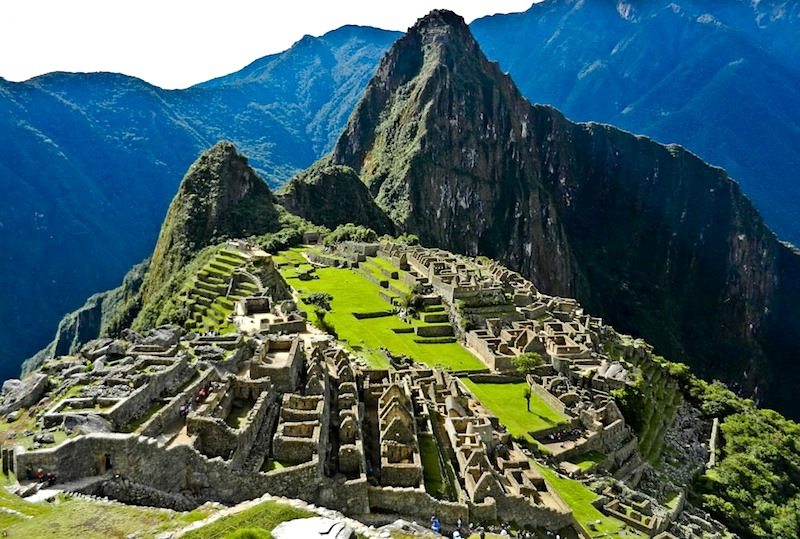
Machu Picchu, Peru
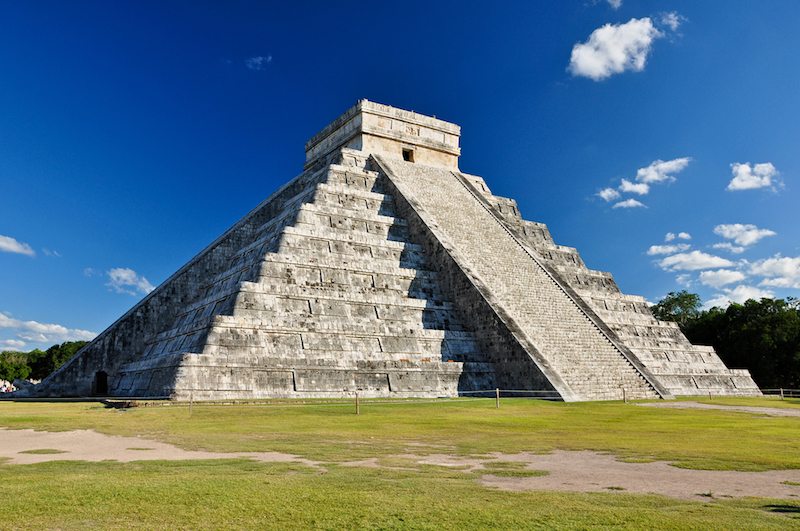
El Castillo, Chichen Itza, Mexico
Smaller city buildings were often multi-story with windows and openings for air ventilation, and they were often organized around a city’s central plaza. This plaza would not only contain important government buildings and religious temples, but often elaborate masonry ballcourts that allowed citizens to enjoy a ritualistic ball game that may have included human sacrifice.
Recommended book
“Native American Architecture” by Peter Nabokov
Share with friends

